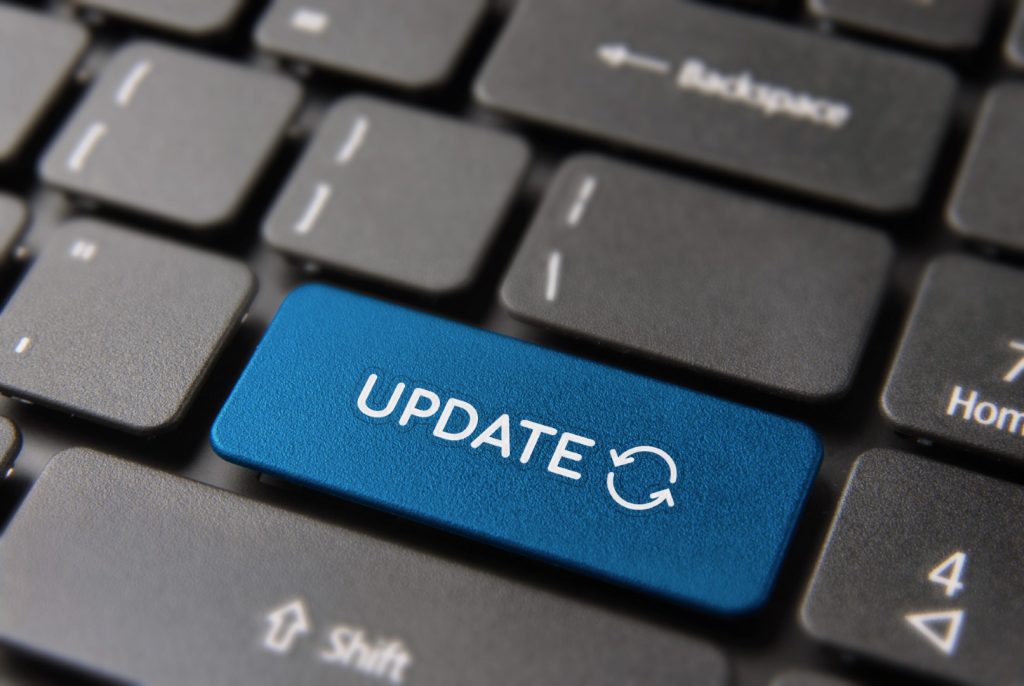
If you’re a Remote Technical Support subscriber of ours, you know all about our Quarterly Updates. (For those of you who are not RTS customers, let me explain: every three months, we send an email asking RTS members to log in to us so we can make sure their computer is up-to-date; that their anti-virus is current and working; and, that no “bad” extensions or software have gotten onto the computer.)
However, even with a checkup every 90 days, that is often not enough. Why? Because of something called a “zero-day exploit.” Oh, I hear you asking, “What the heck is that?” Have no fear, I’ll explain.
In the old days of computing, when a vulnerability in some piece of software was discovered, it would often be weeks before hackers would find a way to exploit the software code weakness. The delay would mean that those computer users who were good at installing updates would be protected.
Unfortunately, the former time cushion has pretty much flown out the window. (That’s a building window, not the Microsoft product! 🤣) In today’s world, hackers now have ways to take advantage of a software weakness on the very day it is discovered. Thus, the name: zero-day exploit. Because of this situation, waiting 90 days to perform updates could be a real problem.
Let’s look at just the last two days, as an example. (I’ll list the updated version numbers after the software title.) Since Tuesday there have been updates for: Google Chrome (86.0.4240.111), Firefox (82.0), Microsoft Edge (86.0.622.48 – pushed out with Windows Updates), Java (Version 8 Update 271), Adobe Illustrator (25.0), Adobe Dreamweaver (21.0), Adobe Photoshop (22.0), Adobe Premiere Pro (14.5) plus a few other Adobe products which are probably not used by most of our readers. (You can read about the rest of the Adobe updates HERE.)
If you use any of the products I just listed, you should check to make sure they have updated. If they haven’t, you should install the updates. Oh, I think I know your next question: “How do I check to see if they have updated?” Great question. For most software programs, you would go to Settings and then Help (sometimes, directly to Help). Under Help, you would normally find “About ******” where the product name is in the place of the asterisks. When you click on that, the version installed on your computer will appear. There are a few exceptions, of course. For Java on a Windows 10 machine, simply use the search field and type “About Java” without the quotes. A window will pop-up and show you what version is installed, assuming Java is on your machine.
Here are brief videos of how to check some of the products I’ve talked about in this post. There is no audio; just click the arrow on each video to run it!
Google Chrome:
Firefox:
Microsoft Edge:
Java on Windows 10:
Adobe Dreamweaver:
Note: in most of the Adobe programs, you check for updates the same way as in Dreamweaver.
